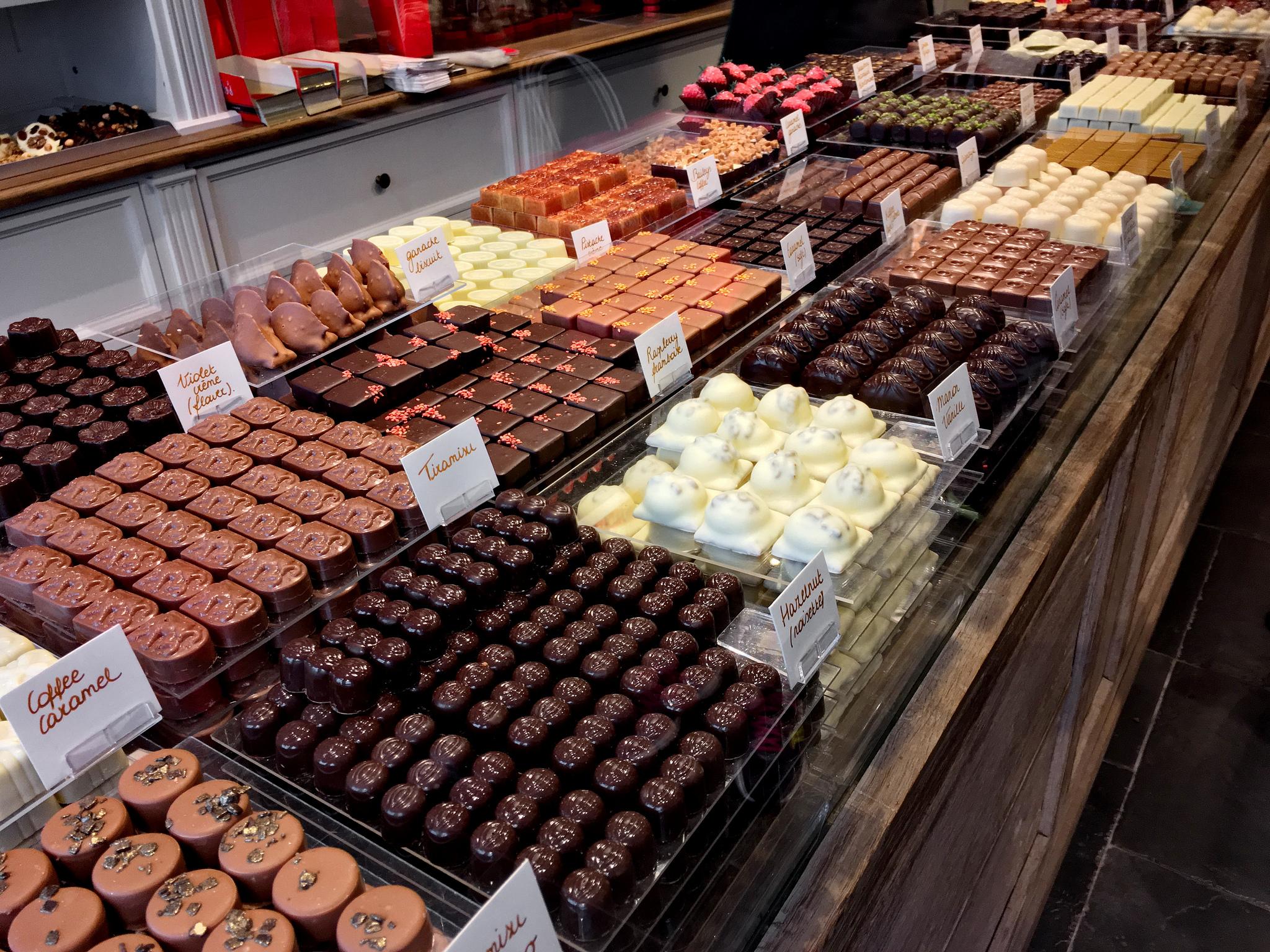-
Noticias Feed
- EXPLORE
-
Blogs
-
Grupos
Chocolate Market Analysis: Key Players, Consumer Trends, and Predictions for the Next 10 Years

The chocolate market has experienced remarkable growth in recent years, driven by changing consumer preferences, innovative product offerings, and the expansion of global distribution networks. As one of the most beloved treats worldwide, chocolate continues to evolve with shifting trends, creating new opportunities for growth. In this article, we explore the key players in the chocolate market, the consumer trends shaping the industry, and the predictions for the next decade.
Key Players in the Chocolate Market
The global chocolate market is highly competitive, with several large players dominating the landscape. These companies have built strong brand identities and leverage their resources to maintain market leadership.
Mars Inc.
Mars is one of the most prominent names in the chocolate industry, with a wide range of brands under its belt, such as M&M’s, Snickers, and Dove. The company’s consistent innovation and commitment to sustainability have helped it secure a significant share of the market.
Nestlé
Nestlé, a Swiss multinational, has long been a dominant force in the global chocolate market. Brands like KitKat, Crunch, and Smarties have become household names. Nestlé has also embraced healthier and more sustainable practices, offering organic, low-sugar, and plant-based alternatives to cater to changing consumer tastes.
Hershey’s
As a leading North American chocolate manufacturer, Hershey’s is a key player in the market. Famous for its Hershey’s Kisses and Reese’s products, the company focuses on quality and innovation, particularly in the premium chocolate sector.
Ferrero
Known for Ferrero Rocher, Kinder, and Ferrero Rondnoir, Ferrero is a significant player in the global chocolate market. The company’s focus on premium quality, along with a strong emphasis on brand loyalty, helps it maintain a solid presence worldwide.
Lindt & Sprüngli
A Swiss luxury chocolate manufacturer, Lindt is recognized for its high-end products, including Lindor truffles and Lindt chocolate bars. The brand targets the premium segment of the market, appealing to affluent consumers who prioritize quality over quantity.
Consumer Trends Shaping the Chocolate Industry
Several key consumer trends are influencing the chocolate market, pushing manufacturers to adapt and innovate:
Health-Conscious Choices
As consumers become more health-conscious, there has been a surge in demand for healthier chocolate options. Dark chocolate, with its higher cocoa content and antioxidant properties, has seen a rise in popularity. Additionally, sugar-free and low-calorie alternatives, along with plant-based chocolates, are increasingly in demand as part of a growing trend towards vegan and dairy-free diets.
Sustainability and Ethical Sourcing
Sustainability is becoming a top priority for both manufacturers and consumers. Ethical sourcing of cocoa, fair trade certification, and eco-friendly packaging have become key considerations for many chocolate brands. Consumers are more inclined to purchase from companies that are transparent about their environmental and social impact.
Premium and Artisan Products
The demand for premium, artisanal chocolates has risen, driven by consumers seeking high-quality, unique experiences. Small-batch, single-origin, and handcrafted chocolates are gaining popularity as consumers are willing to pay a premium for distinctive flavors and superior craftsmanship.
Indulgence and Gifting
Chocolate remains a popular indulgence and a go-to gift for various occasions. Premium chocolate gift boxes, seasonal offerings like Valentine's Day and Easter-themed products, and personalized chocolate assortments continue to drive sales, especially in the holiday season.
Predictions for the Next 10 Years
Looking ahead, several key trends are expected to shape the chocolate market in the next decade:
Continued Innovation in Product Offerings
Chocolate manufacturers will continue to innovate with new flavors, textures, and formulations to cater to evolving consumer tastes. We can expect more collaborations between chocolate brands and other food sectors, such as coffee, fruits, and spices, to create unique combinations.
Growth of Online Sales
E-commerce is set to grow exponentially in the chocolate market, as online shopping becomes an increasingly popular way to purchase chocolate products. Subscription services for premium chocolates, as well as personalized online experiences, will drive further growth in this segment.
Expansion in Emerging Markets
As disposable incomes rise in emerging markets, particularly in Asia and Africa, the demand for chocolate is expected to grow significantly. Companies will focus on expanding their distribution networks in these regions, tapping into a new base of consumers eager for indulgent treats.
Focus on Sustainability and Traceability
In the coming years, the chocolate industry will likely face increasing pressure to embrace full transparency and traceability in its supply chains. With consumers placing higher demands on environmental and ethical practices, companies will need to adopt more sustainable farming and production methods to meet these expectations.
Conclusion
The chocolate market is poised for continued growth and transformation over the next decade. As consumer preferences evolve, chocolate manufacturers must adapt to new demands for health-conscious options, sustainability, and premium experiences. With major players investing in innovation, ethical sourcing, and global expansion, the future of the chocolate market looks rich with opportunity.






